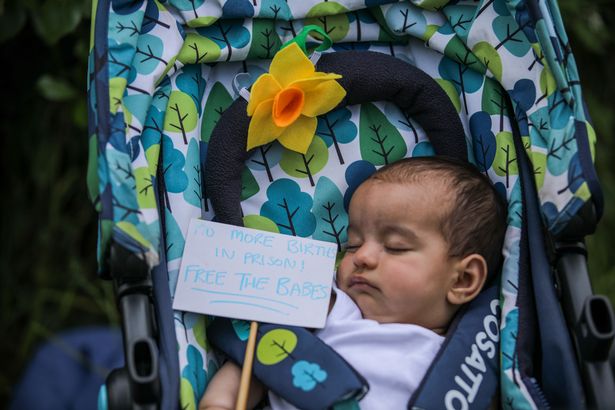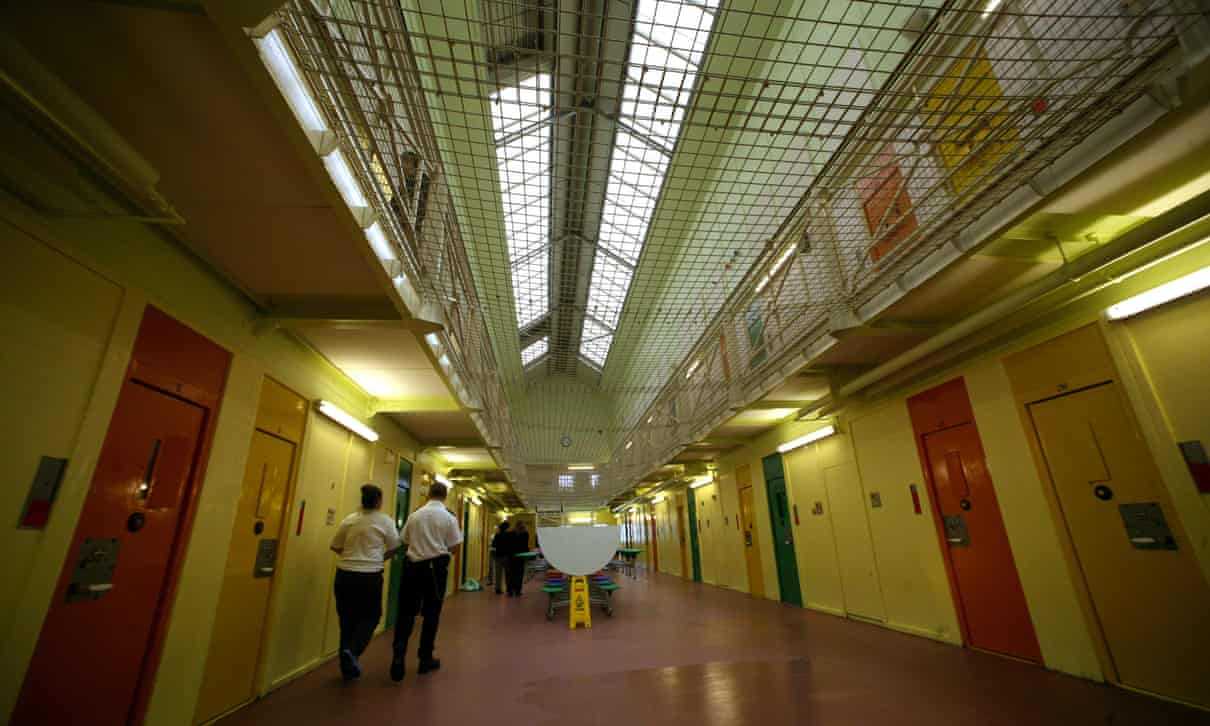
In 2020, in HMP Styal, in Cheshire, England, Louise Powell was in excruciating pain. She told the staff. The staff gave her two aspirins and told her to chill out. On June 18, 2020, Louise Powell delivered her baby, stillborn, in a cellblock toilet. Across the ocean, Hollie Grote, in the Pike County Jail, in Missouri, began feeling excruciating pains. The staff gave her two aspirins and told her to chill out. For months, she cried out, in pain, begging for help. Finally, Hollie Grote died of a brain tumor. Chill out, they said.
What happened to Louise Powell? A young woman, call her Louise Powell, was held in HMP Styal. She did not know that she was pregnant. She did know that she was in excruciating pain. She did tell the staff, who told her to take two aspirins and chill out. The pains increased. Finally, someone realized that the woman was pregnant. By then, it was too late. The young woman delivered her baby, stillborn, in a cellblock toilet. The Prison Service expressed its deep concern, promised an investigation. None came. No changes came. Today, two years later, members of the “No Births Behind Bars” campaign organized a demonstration outside the walls of HMP Styal.
Organizers said the demonstration was too traumatic for Louise Powell to attend, and so instead she sent a message: “Brooke is always in my heart and my mind. Two years ago on 18 June 2020 I was left to give birth in a toilet, despite begging for help. It has been two years since she died and still we do not have accountability for what happened. I fully support the campaign for ‘No Births Behind Bars’ and thank you for your condolences and support for Brooke.”
What happened to Hollie Grote? A 41-year-old mother, call her Hollie Grote, was detained in the Pike County jail a year ago, in June, 2021. In July, she started complaining of pains. The first recorded complaint was July 28,2021. When Hollie Grote told her family she couldn’t get medical assistance, the family went to talk with the sheriff, to plead to have her sent to the hospital, the sheriff responded that people claim excruciating pain to attract attention. Take two aspirin, don’t call me in the morning. By October 23, Hollie Grote said the pain was so intense that she was considering suicide. A staff member noted “scratch marks on the forearm/wrist area.” She still wasn’t sent to hospital or given any medical attention. Staff noted that she was lying on the floor, groaning, grunting. They put her in suicide watch. Then they watched and did nothing. Finally, she rolled off her bed and died on the floor. Hollie Grote’s sister and daughter claim that when they asked the sheriff what it would take to send someone to hospital, he replied “someone would have to be bleeding out or vomiting in a way that it would be obvious something is wrong.” An investigation is `in process’.
It’s easy, and correct, to condemn the staffs of HMP Styal and of Pike County Jail. But what about the State, the society, and the world, that has decided that women behind bars deserve this sort of treatment, medical staffs who refuse to offer medical care, systems in which sheriffs and guards decide major health issues? Last month, Leah Porter, mother of two, was “found dead” in her cell at Villawood Immigration Detention Centre, in Sydney, Australia. Leah Porter lived with mental health issues. She told the staff she needed her medication and she needed it at specific times. The staff decided they knew better, and gave the medication midday, rather than early in the morning, as she had requested. The night before she committed suicide, Leah Porter told other detainees, “I want my story to be heard. I want the people to know what happened to me. I want to tell the people what these detention centres do to the people.” When the Villawood staff expressed shock and dismay, Leah Porter’s relative, Narelle Aitken, replied, “She should never have been in detention. I loved her to pieces. She was very funny.”
In 2017, Delilah Blair, 30-year-old mother of four, Cree, was detained at South West Detention Centre, in Windsor, Ontario. What happened to Delilah Blair? On May 21, 2017, Delilah Blair was in the mental health block when a staff member “found her body” lying on the floor, with a blanket tied around her neck. The State is currently holding an inquest, delayed by over two years by Covid. Selina McIntyre, Delilah Blair’s mother, who testified today, described the last time she saw her daughter, “When I held my daughter for the last time, I made a promise to her that I would not stop until I had the answers of what happened.” What happened? Delilah Blair was a woman with a mental health issue, which meant she was placed in an inferior system of health care. In the men’s unit, everything from supervision protocol to room and furniture design was designed to improve health and prevent suicide or self-harm. None of that was, or is, the case in the women’s unit. This was “revealed” in testimony yesterday, revealed even though everybody involved knew.
They should never have been in detention. Tell the people what these detention centers do to the people. I loved her to bits. What happened to Louise Powell, Hollie Grote, Leah Porter, Delilah Blair? Take two aspirin, chill out.
(By Dan Moshenberg)
(Photo Credit: James Speakman/Manchester Evening News)


